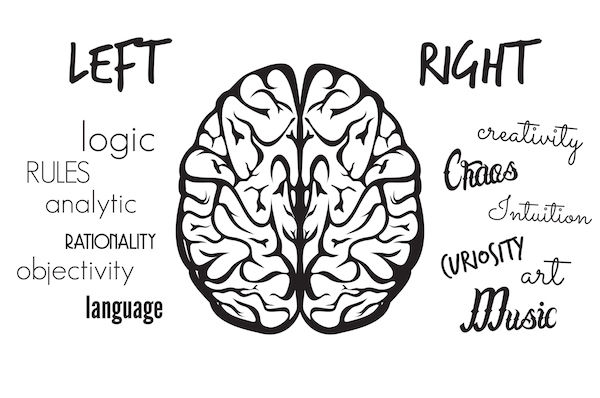
TUESDAY, March 8 (HealthDay News) — Your brain’s ability to learn may get recharged during the light, dreamless slumber that accounts for up to half of your night’s sleep, according to a new study.
Researchers at the University of California, Berkeley conducted tests on 44 healthy young adults and found strong evidence that bursts of brain waves called sleep spindles may network between important regions of the brain to clear a path to learning.
These spindles — which are fast pulses of electricity that are generated during non-rapid eye movement (REM) sleep and can occur up to 1,000 times per night — help to transfer fact-based memories from the brain’s hippocampus to the prefrontal cortex’s “hard drive.”
This enables the hippocampus, which has limited storage space, to take in fresh data, the researchers explained.
“All these pieces of the puzzle tell a consistent and compelling story — that sleep spindles predict learning refinement,” senior author Matthew Walker, an associate professor of psychology and neuroscience, said in a UC Berkeley news release.
Spindle-driven networking is most likely to occur during stage 2 of non-REM sleep, which occurs before the deepest non-REM sleep and dream-inducing REM sleep. Stage 2 non-REM sleep can account for half of a person’s sleep.
“A lot of that spindle-rich sleep is occurring in the second half of the night, so if you sleep six hours or less, you are shortchanging yourself. You will have fewer spindles and you might not be able to learn as much,” lead author Bryce Mander, a post-doctoral fellow in psychology, said in the news release.
In this study, the researchers subjected 44 healthy young adults to a demanding memorizing task. All participants did equally well. The researchers then divided the group in two, with one half taking an hour and a half nap while the other half stayed awake.
That evening, the entire group was given another round of memorizing tasks. This time, though, those who had remained awake throughout the day had more trouble memorizing the new information. In contrast, those who had napped performed better than the waking group. In addition, the nappers appeared to actually have an improved capability for learning, the study found.
The study team then turned to electroencephalogram tests, which measured electrical activity in the brains of the nappers. These showed that the more sleep spindles the nappers produced, the more refreshed they appeared for learning. In addition, researchers discovered that sleep spindles were linked to brain activity looping between the lobes of the brain that house the hippocampus and prefrontal cortex — both critical areas for memory.
The study appears Mar. 8 in the journal Current Biology.
More information
The U.S. National Institute of Neurological Disorders and Stroke has more about sleep.

